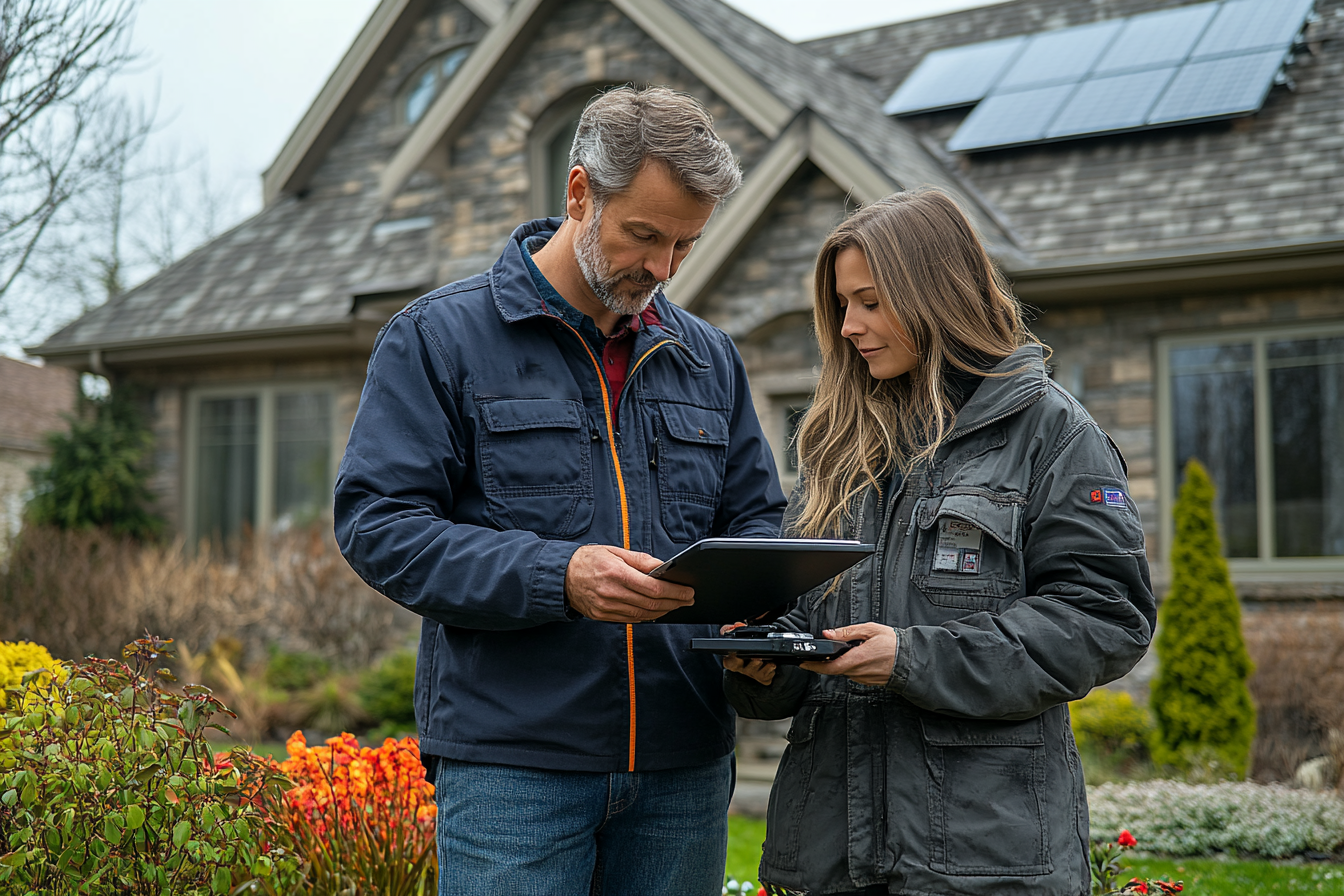Grant-Ready in 7 Days: A Step-by-Step Guide for Canadian Clean Energy Providers

Written by Solenery
3 min read
Introduction: Unlocking Growth with Grant Readiness
Canada’s clean energy market is booming—but many solar and net-zero businesses still struggle to access the millions in funding flowing through government, utility, and philanthropic programs. If you’re interested in grant funding for solar projects in Canada, the main challenge is they’re not grant-ready.
In today’s landscape, funders don’t just want installs. They want partners—businesses that are ready to collaborate with communities, deliver impact, and scale smartly. If your company isn’t prepared with the right documents, partnerships, and proof points, you’ll keep missing out.
This blog breaks down the exact steps Canadian net-zero providers need to take to become grant-ready in just 7 days. Whether you’re a solar installer, energy auditor, EV charger company, or smart-tech vendor, this is your practical roadmap to open new growth and funding channels—without the chaos.
What Does Being “Grant-Ready” Really Mean?
Being grant-ready means your business has the assets, systems, and mindset in place to quickly collaborate with partners and respond to funding opportunities.
In Canada, most clean energy grants now prioritize:
- Community collaboration (especially with nonprofits, co-ops, or Indigenous organizations)
- Equity-focused delivery (rural, low-income, underserved areas)
- Measurable impact (jobs created, emissions reduced, bills lowered)
- Educational outreach
You don’t need to write grants full-time—you just need to show up prepared when the right partnership or program presents itself.
Your “Clean Energy Grant Kit” Checklist
Here’s what every Canadian net-zero company should prepare and store in one shared folder:
Pitch Deck (10 slides or less)
Covers your company’s story, services, service area, local impact, credentials, and key stats.
Success Story or Case Study (200–300 words)
A real example showing how you helped a customer reduce costs or emissions, with quotes and data.
Project Costing Sheet
Breakdown of average install costs—including equipment, labour, permits, logistics, admin, etc.
Compliance Documentation
ESA registration, WSIB clearance, insurance certificates, and installer certifications.
Customizable Letter of Intent (LOI)
A short agreement template for co-application with a nonprofit or community partner.
Digital Grant Folder
Keep everything in Google Drive, Dropbox, or Notion—organized, shared, and ready to go.
Pro Tip: Use Solenery’s Grant Kit Starter Template to build yours in under a week.
How to Find the Right NGO or Community Partner
Funders prioritize projects with local relevance. So, if you’re working with a nonprofit that already serves your target area or audience, your grant application instantly becomes stronger.
Here’s how to find aligned partners:
- Use directories like CharityVillage.ca, CanadaHelps.org, Imagine Canada
- Search social media on LinkedIn and Facebook Groups (e.g. “Green Jobs Toronto”)
- Look for alignment around energy equity, green jobs, housing, Indigenous advocacy
- Start small by partnering for one community event, blog post, or site assessment giveaway
Remember, you don’t need a national partner—a trusted local co-op can open more doors than a billboard ever could.
How Funding Opens Up When You’re Prepared
When you’re grant-ready, you can tap into the following high-potential funding channels:
| Funding Source | Opportunity |
|---|---|
| Canada Greener Homes Initiative | Up to $5,000 for energy retrofits—more for community housing partnerships |
| FCM – Green Municipal Fund | Grants + loans for local clean energy projects with municipal partners |
| EcoAction Community Fund | Prioritizes emissions reduction + youth or Indigenous engagement |
| Clean Energy for Remote & Rural Communities Program | Funding increases when projects include training or outreach |
| Utility Pilot Programs | Bonus rebates for nonprofits-led delivery (varies by province) |
Real Example:
A solar provider in Ontario co-applied for a Greener Homes extension grant with a nonprofit that managed co-op housing. Their “grant kit” helped secure $180,000 in funding for 15 installs.
Launch Your Grant Kit in 7 Days: Daily Action Plan
Here’s how you can be grant-ready in one week:
- Draft your 10-slide pitch deck (use Solenery template)
- Write or polish a short success story with real data
- Pull together install pricing and itemize average project costs
- Compile certifications and upload to your drive
- Draft a Letter of Intent (copy-paste template works)
- Set up your digital folder (Dropbox, Notion, etc.)
- Reach out to 3 community partners via LinkedIn or email
Bonus Tip: Mention that you’re “grant-ready” in your intro pitch—it signals preparedness and boosts trust.
Why This Matters: From Missed Grants to Growth Opportunities
Not being prepared has real costs. You miss deadlines, lose trust, or have to walk away from partnerships because your docs aren’t in place. On the flip side, being grant-ready means:
- New revenue channels
- More community visibility
- Easier client acquisition
- Higher trust with funders and partners
This isn’t admin—it’s growth infrastructure.
Conclusion: Be the Partner Funders Want
In today’s market, clean energy success goes beyond installs—it’s about collaboration, readiness, and showing up with impact.
By preparing your “Clean Energy Grant Kit,” you’re no longer reacting to funding windows. You’re showing up early, organized, and ready to lead.
And at Solenery, we’re here to help. From templates and training to co-branded campaigns and content—we help net-zero vendors like you scale smart and scale with purpose.